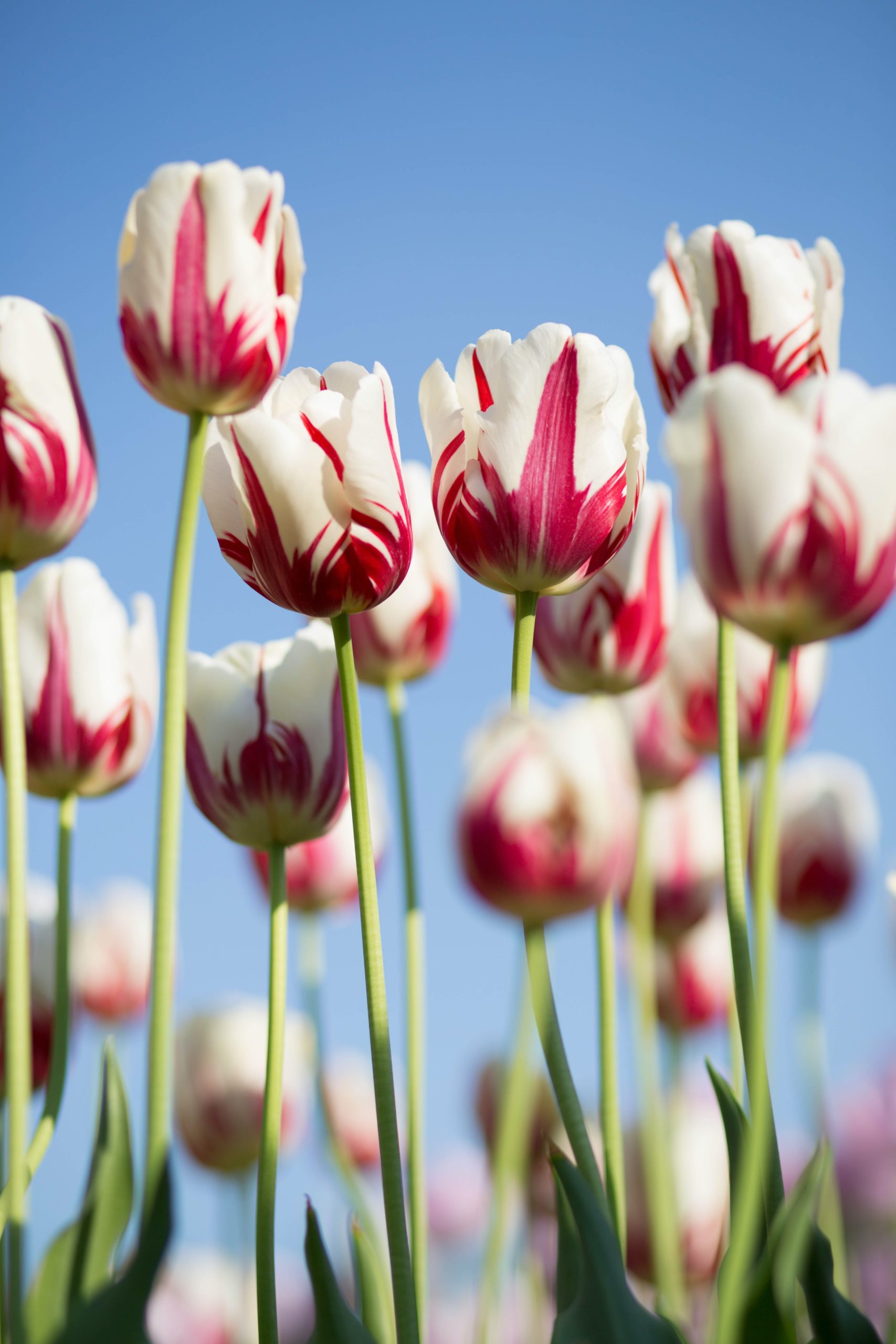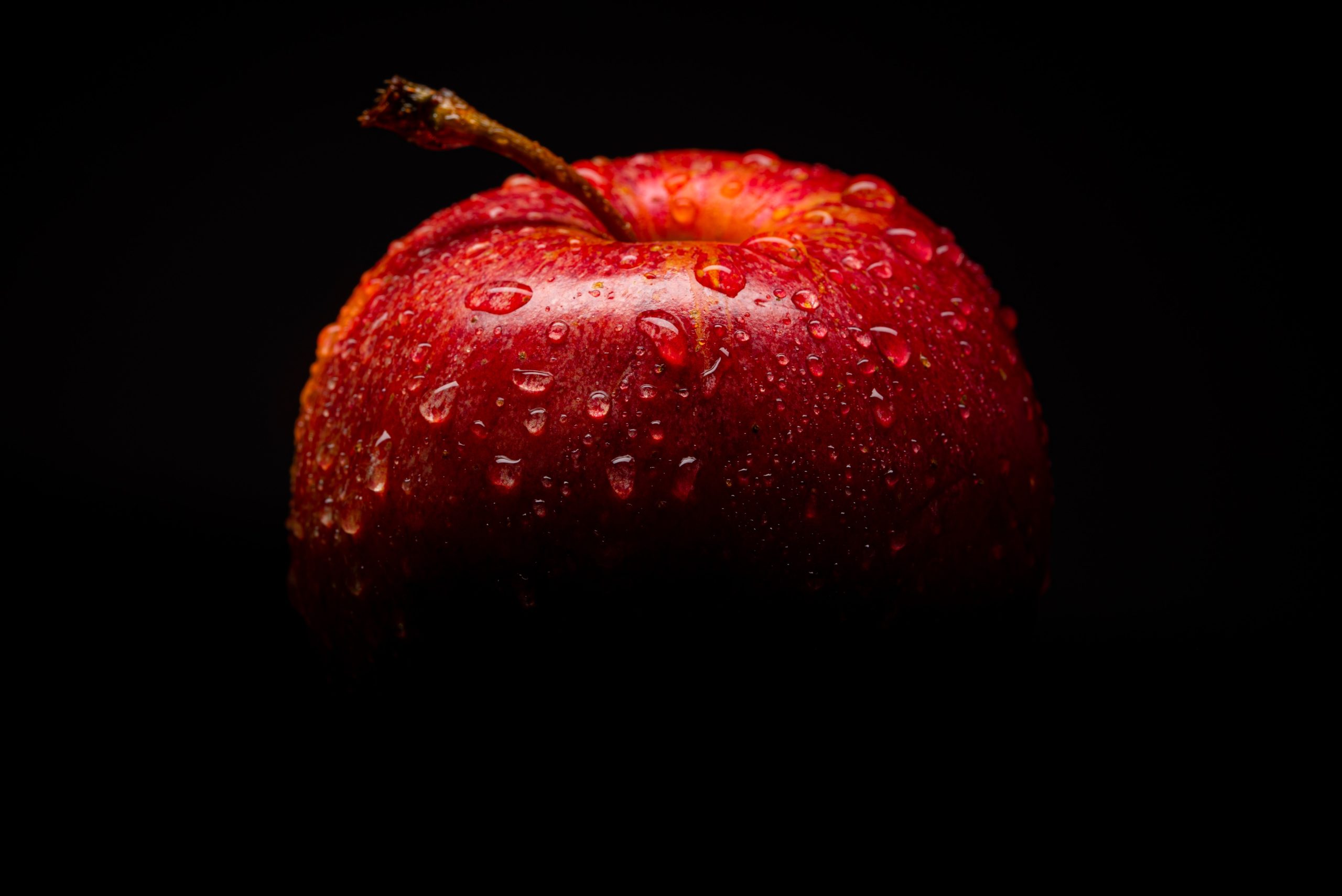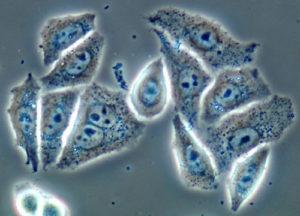Microbes, viruses, and their variants are often how humans connect health and the environment. The current COVID-19 pandemic is a prime example. Yet the relationship between our health and environment is much more intimate and interconnected. From a medical perspective, we tend to associate healthcare with reactive care to disease, rather than the literal preventive nature of our environment. But it doesn’t have to be this way. In his 2001 book, The Botany of Desire, Michael Pollan examines the timeless, bidirectional, and dynamic relationship humans and plants share by honing in on our relationship with four plants: apples, tulips, marijuana, and potatoes.
Our personal narrative, sustenance, emotions, and imagination – our very humanity – can be mapped and explained through our relationship with our environment: in this case, with plants. Our human quest for power, and our desires for survival and wealth, to escape the confines of reality, and for control can all be witnessed through our relationship with our environment.
Pollan poignantly opens his book focused on how apples have influenced the American narrative and episteme. Interweaving the iterative development of Puritan religious beliefs with ideological nationalist beliefs like Manifest Destiny and pragmatic pioneer concerns during Westward Expansion, he locates the special status that apples and, by proxy, apple cider, held during the nineteenth century. More importantly, Pollan elucidates the apple’s dynamic transcontinental journey. He deconstructs the fables of John Chapman (more commonly known as Johnny Appleseed), retells the story of how today’s universal fruit originated in wild Kazakh forests, and describes current efforts in upstate New York to preserve apples’ biodiversity. Throughout, Pollan personifies the fruit, reducing humans to agents in apples’ greater plan.
In the next section, Pollan explores the rise of the tulip, the masculine and phallic scentless flower that came to signify a distinct era in human evolution. Humanity had traditionally been drawn to plants that enhanced our existence – be it with medicine, fragrance, or nutritional value. Perhaps for the first time in human history, a plant that had no value other than its aesthetic beauty became something for which we killed. Inspired and illuminated in the Ottoman empire and eventually migrating to the Netherlands, the tulip symbolizes both the successful survival of humanity and our ability to lust after something that has no value to our survival. The tulips’ bright color contrasted the rigid and austere parameters of Calvinist lifestyle in the Netherlands, while the Queen of the Midnight tulip distorts our sense of space. At its core, the tulip represents the evolution of mankind into a species that reimagines luxury and lusts for something that may inspire but has no tangible value.



Next Pollan jumps to the long-awaited, once-taboo topic of marijuana, exploring our fascination (perhaps obsession?) with consciousness-altering substances and activities. Steeped in a deep discussion of philosophy, Pollan references the ancient Greeks, who understood that intoxicants in moderation are tools that can provide us with advantages. Whether it is in urban settings, where stimulants like coffee are consumed to concentrate, or more remote settings like the Amazon, where tribes consume specific plants to improve their endurance, eyesight, and strength, plants and their mind-altering properties are ever-present and timeless. In addition to taking us on a biophysiological adventure guided by leading scientists, helping us to fathom how plants alter our understanding of time and space, Pollan focuses on the proliferation of marijuana growers and the growth of marijuana itself. Using artificial lighting, greenhouses, other unnatural forces, and chance, marijuana growers have manipulated not only the growth pattern but also the genome of marijuana to make a more desirable and potent plant. Artificial conditions led to manmade growth cycles and species that are now naturally grown around the world, begging the question, how natural is nature?
In the final section of the book, Pollan focuses on a potato genetically engineered by Monsanto, an American agrochemical and agrobiotechnology company. Through field interviews with farmers in Idaho, Pollan highlights how many farmers grow these crops while keeping a small section of their farms for organic, non-genetically modified potatoes. Such a phenomenon is both common in agriculture and depicted across cultures, including in the Danish TV show Borgen, when Katrine goes to talk to her brother, a pig farmer. Pollan raises the fundamental question of how we, as a global village, should invest in economies of scale: with monocultures or biodiversity? A monoculture reality may be more affordable and plentiful, but it leaves us vulnerable to all sorts of insects, weeds, and diseases. Through powerful statements, Pollan highlights the impending decision of how we will choose to lead in terms of food security and biodiversity: “Monoculture is at the root of virtually every problem that bedevils the modern farmer, and from which virtually every agricultural product is designed to deliver him.”
From grafting to genetic engineering, humans have manipulated our environment, including plants, to further our survival. Until recently, there has not been a significant threat to our biodiversity. On the surface, Pollan narrates the special relationship humans share with specific plants in a fun, socio-cultural exploration. He describes the origin of the phrase “An apple a day keeps the doctor away” and explains the human (and bee) fascination with the symmetry of a tulip. At its core, however, this book critiques man’s exploitation of other species. To summarize, the short-term financial gain always comes at the cost of biodiversity, and our biodiversity is our most precious possession. In fact, Pollan writes, “To shrink the sheer diversity of life … is to shrink evolution’s possibilities, which is to say, the future open to all of us.”
While written 20 years ago, this book may be even more relevant today.
- A New Year, A New Needed Perspective - November 17, 2022
- Navigating the Line Between Discomfort and Uncomfort: Exploring Cultural Immersion - November 2, 2022
- Locating Eckhart Tolle’s “A New Earth” Within Current Public Health Epistemology: A Book Review - October 12, 2022




